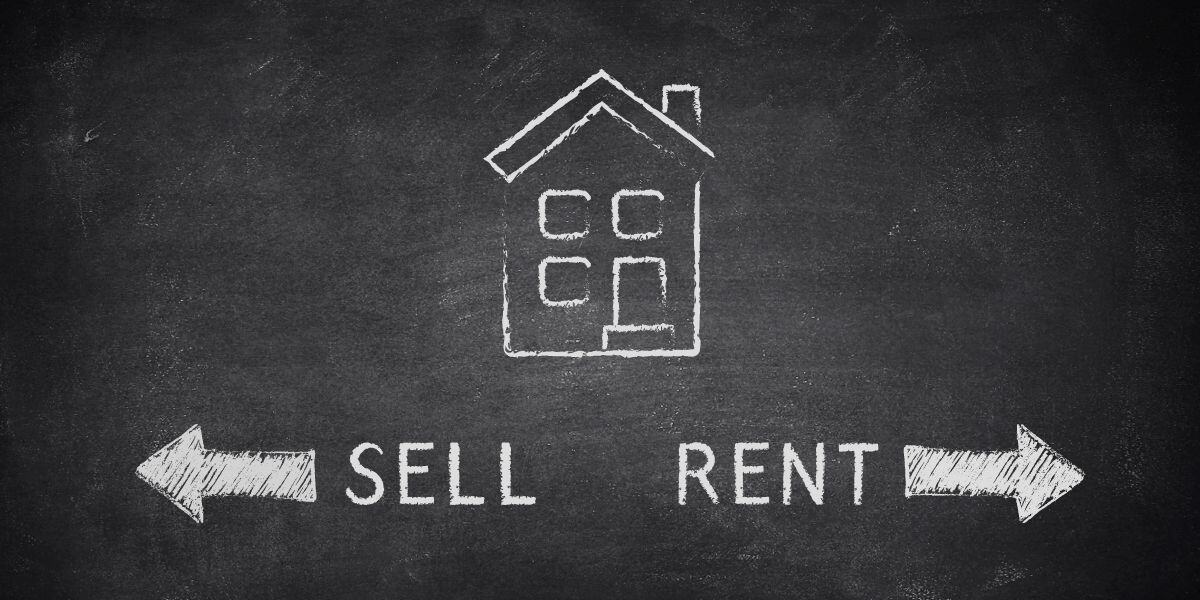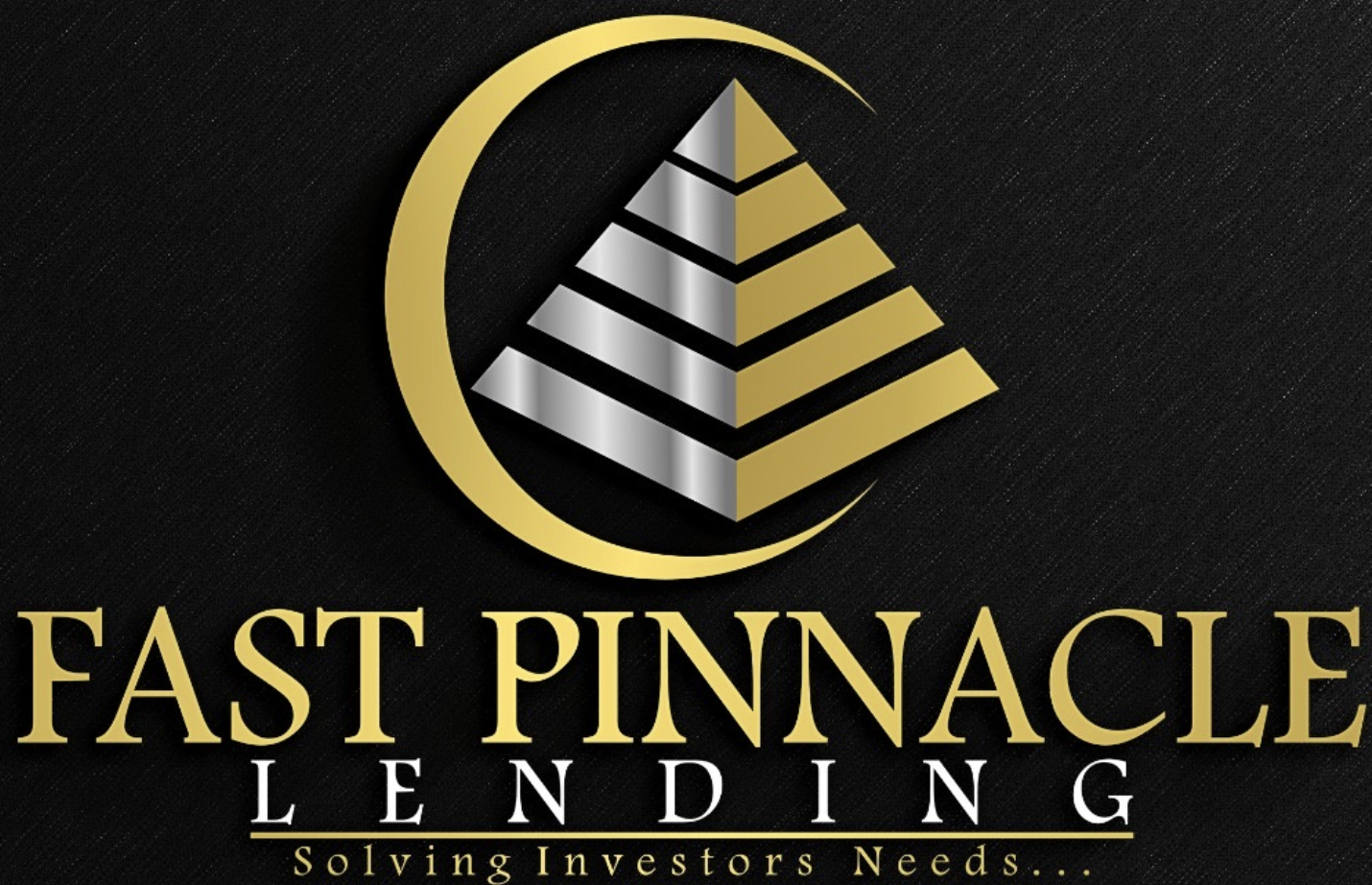When it comes to investing in condos as a rental property, many real estate investors…
Rent or Sell After Fix and Flip: Your Guide

After all the hard work and investment in your property rehab, a pivotal decision awaits: should you rent it out or sell it? This is a crucial question every real estate investor faces after a fix and flip project. Each choice comes with its own set of considerations, especially for those aiming to maximize returns and manage risks effectively. This comprehensive guide will help you navigate the pros and cons of both strategies, delving into rental property management, the value of bridge loans, and the benefits of using fix and flip financing. By the end, you’ll have a clear path forward, backed by strategic insights.
The Case for Selling: Should You Sell After Fix and Flip?
Immediate Profit
Selling your fix and flip property can quickly turn your investment into cash. With real estate prices trending upward, selling now could mean a substantial return on investment. Real estate investors can use the profits to fund new investment properties or take advantage of other opportunities. For more tips on maximizing your property sale, check out these articles on home selling tips from Zillow.
Capital for New Real Estate Investments
Selling frees up capital that can be reinvested immediately, allowing real estate investors to maintain momentum and take on new projects. Bridge financing can be useful for securing new deals while awaiting the sale proceeds from a completed flip. This approach ensures your investment wheel keeps spinning and allows you to capitalize on favorable market conditions.
Risk Management
The real estate market’s fluctuations make timing essential. By selling soon after completing a rehab, you can lock in your gains and avoid exposure to market risks. Real estate investment lenders can help you make the most of a sale by structuring bridge loans to bridge any gaps while transitioning between projects.
The Case for Renting: Benefits of Renting After Fix and Flip
Long-Term Wealth Building
Holding your fix and flip as a rental property offers steady rental income, contributing to wealth accumulation over time. This “Buy and Hold” strategy is a popular choice for real estate investors who prefer consistent income while still enjoying the benefits of property value growth.
Tax Advantages
Rental properties allow you to take advantage of tax deductions, such as depreciation, which can reduce your taxable income. Consult with tax experts to understand the full extent of these benefits.
Market Influence
In growth areas or regions with a rental housing shortage, rental income potential can significantly increase. As demand for rental properties rises, so does the opportunity for higher returns from your rental property management strategy. This is particularly advantageous for real estate investors focusing on emerging markets.
Incorporating Market and Financial Analysis
Assess Local Demand
Understanding local market trends is essential for real estate investors when deciding whether to rent or sell after a fix and flip. Here are some key factors to consider:
- Research Local Market Trends: Check platforms like Zillow, Realtor.com, and Trulia to analyze rental and sale trends. If properties are selling fast and above asking price, selling might be more profitable.
- Engage with Local Real Estate Agents: Real estate agents can offer insights on local buyer and renter behavior that data alone may not reveal.
- Attend Community Meetings: Stay updated on local developments that could influence the rental or sales market, such as new commercial projects.
- Analyze Economic Indicators: Consider factors such as employment rates and interest rate changes. If interest rates rise, renting out your property may become more attractive as mortgage affordability decreases.
- Monitor Rental Listings: Tracking rental listing dynamics can offer valuable insights into demand trends and optimal rental property management practices.
Economic Indicators: Should You Rent or Sell After Fix and Flip?
When weighing the choice to rent or sell, economic factors can significantly influence real estate investment decisions. A strong job market may boost home sales, while higher interest rates might drive more people to rent. By working with real estate investment lenders, you can secure fix and flip loans or bridge loans that align with the current economic climate.
Calculating ROI and Cash Flow
Return on Investment (ROI)
For real estate investors, comparing the ROI from selling versus renting is essential. Calculate potential profits from a sale while factoring in costs like closing fees. When considering renting, include expenses for rental property management, maintenance, and taxes. This comparison will help in making an informed decision about whether to leverage bridge financing to fund future investment properties.
Cash Flow Analysis
Consider your immediate and future cash needs. If you require quick capital, selling may be the better choice. However, renting provides long-term rental income, contributing to a steady financial foundation for real estate investors.
Strategic Decision-Making
Market Appeal
For properties in high-demand neighborhoods, selling a fully rehabbed property can fetch a premium. Conversely, in up-and-coming areas, holding the property as a rental can lead to higher long-term gains. Using fix and flip financing can be advantageous for renovating properties in emerging neighborhoods, setting you up for increased rental income down the line.
Financing Considerations
Different financing options can influence your strategy. Real estate investment lenders offer fix and flip loans, bridge financing, and DSCR loans, each with benefits for various investment scenarios. Understanding how to leverage these financing solutions can significantly impact your ability to grow your real estate portfolio.
Financing Solutions for Real Estate Investors
Traditional vs. Hard Money Financing
Traditional loans may not always be the best fit for time-sensitive projects. Hard money loans, including bridge loans and fix and flip financing, offer quicker approval and more flexible terms, making them ideal for real estate investors.
The Benefits of Hard Money Loans
- Quick Approvals: Hard money lenders can often close loans in days, making them ideal for real estate investors who need to act fast.
- Competing with Cash Offers: Hard money loans allow investors to compete with cash buyers, securing desirable properties quickly.
- Flexible Terms: Real estate investors can negotiate loan terms that align with their specific strategies, whether for rental property management or fix and flip projects.
The Fast Pinnacle Lending Advantage
With over $18 billion funded, Fast Pinnacle Lending is a top choice among real estate investment lenders. We offer diverse financing options tailored for various strategies, including fix and flip financing, bridge loans, and DSCR loans. Our rental portfolio loans also make managing multiple rental properties easier by consolidating payments and providing flexible terms. Whether you’re looking to expand your rental property management portfolio or secure funding for your next fix and flip, Fast Pinnacle Lending has the right solution.
Conclusion: Making the Right Choice to Rent or Sell After Fix and Flip
Choosing to rent or sell after a fix and flip depends on your strategy, market conditions, and financial needs. Work with experienced real estate investment lenders to secure the best financing options, from bridge financing to fix and flip loans. At Fast Pinnacle Lending, we’re here to support you with innovative solutions and expert guidance. For more insights on maximizing cash flow and rental financing strategies, visit our Maximize Cash Flow page.




